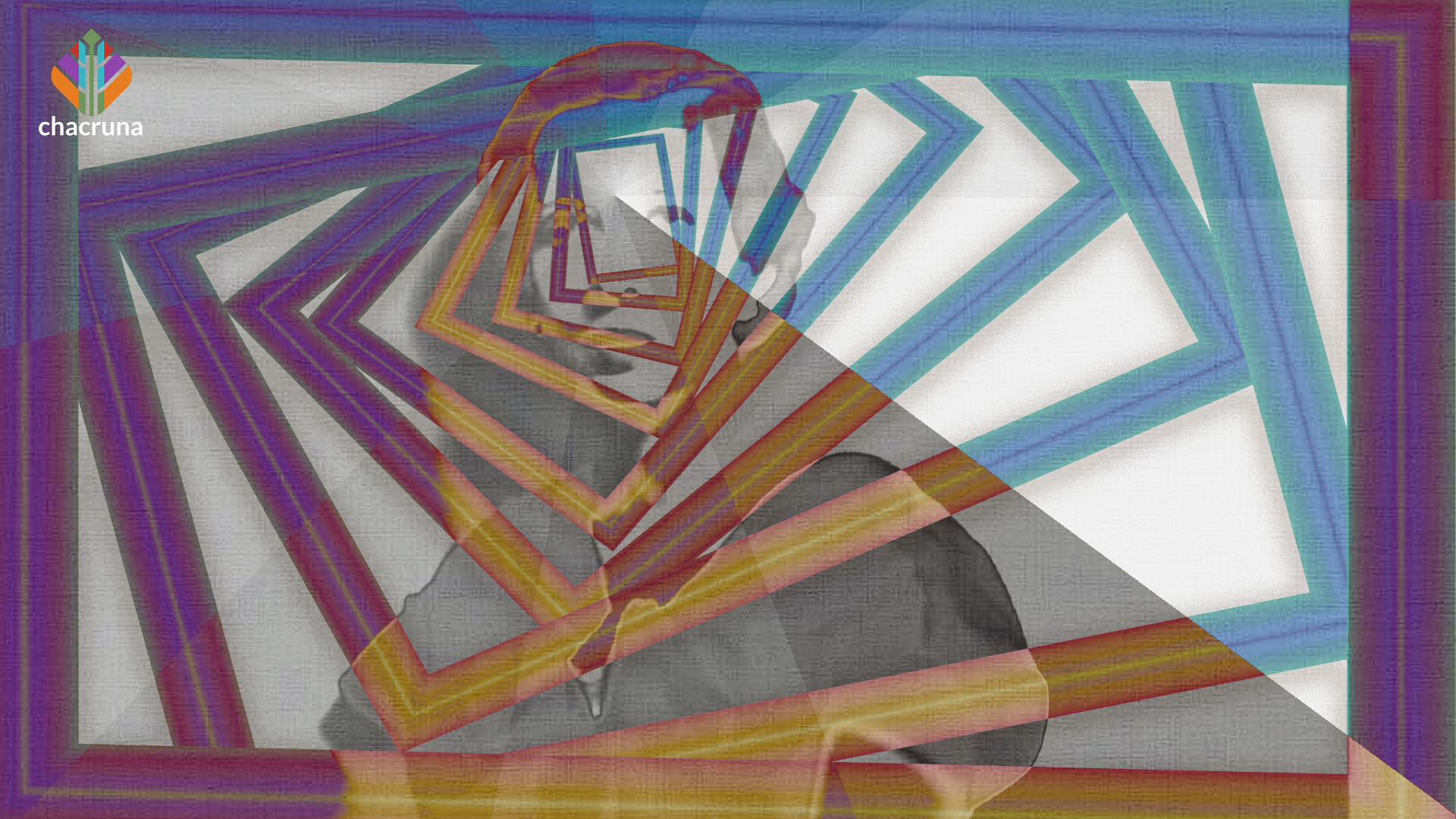- “Please Write Up Your Work!”: Laura Archera Huxley as a Psychedelic Pioneer - December 2, 2020
- Another Aspect of Reality: Maria Nys Huxley’s Influence on Psychedelic History - November 25, 2020

Aldous Huxley’s 1954 classic The Doors of Perception is one of the most famous texts in the history of psychedelics. In this book, Aldous describes his first time taking mescaline with Dr. Humphry Osmond in May 1953 and highlights the important mystical component of his psychedelic experience. Many people see this book as foundational to the development of American scientific and countercultural interests in psychedelics. What many people do not know or realize is that a third participant was also present: Maria Nys Huxley, Aldous’ first wife.
Maria Nys Huxley

Maria’s friends, family, and loved ones consistently described her as a charming, whimsical woman who deeply cared about her husband, often to the point where she prioritized his wellbeing and success over her own. The Belgian refugee was seventeen years old when she first met Aldous in 1915 while residing at Garsington Manor near Oxford, England. The two married in 1919, and had their son, Matthew, the following year. In 1937, the Huxley family relocated to Hollywood, California. Maria’s tendency to dote on Aldous continued up until her death from breast cancer on February 12, 1955.
But Maria was not just Aldous’ wife. She was a psychedelic pioneer in her own right. She was a direct participant in one of the most famous historical drug experiences in the United States, was instrumental to her husband’s thinking on psychedelics and his professional development, and ultimately helped influence the artistic, intellectual, and cultural dimensions of psychedelic culture in postwar America.
“She was a psychedelic pioneer in her own right.”
A great deal of Aldous’ professional success in his thirty-five years of marriage to Maria was indeed helped along by her actions. Maria, for example, managed a large proportion of Aldous’ correspondence, served as his typist and secretary, arranged house parties which allowed him to network with prominent thinkers, artists, writers, and scientists, looked after his often ill health (which included managing his diet and shopping for doctors), and taking him to his appointments. Much of this work would have been more difficult or even impossible for Aldous due to his poor eyesight.
An American Wife
Maria’s experiences as a wife were common for many American women in the postwar period. It is therefore important to briefly recognize the sort of gendered expectations Maria would have found herself enmeshed within while participating in the United States’ psychedelic culture and broader society, despite the Huxleys’ consideration of themselves as European expatriates. After the Second World War, many Americans looked towards the home for comfort and stability during this otherwise chaotic era. The most stable homes, many people believed, were patriarchal nuclear family units: households headed by a breadwinning father who worked outside of the home, with a subservient wife who reared the children and took care of the family’s domestic needs within the home. Even Sigmund Freud’s popular psychoanalytic theories drew from the idea that men were the proper leaders of civilization and that it was a woman’s place to support – not challenge – these social hierarchies.
However, not all of Maria’s labor was simply done for her husband’s benefit. Her house parties are a good example of this point. Maria was in charge of the guest lists for these events. Some notable names from her parties included, for instance, Christopher Isherwood, Jiddu Krishnamurti, Anita Loos, and Edwin Hubble. But by inviting distinguished people to her home on the premise of a meal – and by screening out people she felt she and Aldous would have no interest in meeting – Maria showed a level of control over Aldous’ professional networking and also created opportunities for her to learn from and educate experts in various fields herself. Maria’s position in the household allowed her to contribute to the intellectual dimensions of postwar psychedelic culture in unexpected ways.

Join us at Sacred Plants in the Americas II
“Maria’s position in the household allowed her to contribute to the intellectual dimensions of postwar psychedelic culture in unexpected ways.”
Maria’s Influence
Maria’s ideas about psychedelics also influenced The Doors of Perception’s content as well as scientific ideas about mescaline’s effects. Aldous’ book describes the differences between sustained schizophrenic madness and the temporary madness one might experience through psychedelics. “The schizophrenic is like a man permanently under the influence of mescalin,” Aldous writes, “and therefore unable to shut off the experience of a reality which he is not holy enough to live with.”
This understanding of different kinds of madness parallels Maria’s thoughts as expressed in a letter to Humphry Osmond from July 21, 1953 (the year before Doors was published): Maria states that “The difference between real madness and induced madness I am quite sure is that in real madness the fear is ‘Will it get worse? Will it stop?’, whereas in mescal you are there to remind us, which I never forgot, that it was induced artificially, that there is a time limit and that it will not affect one permanently.” Osmond responded enthusiastically to Maria’s observations in this letter. He immediately asked her to write more about her own mescaline experience, recognizing that her views reflected leading scientific understandings of this drug’s effects by Osmond’s peers.
They also reflected “another aspect of reality,” Osmond writes in a responding letter, that was “just as important as Aldous’ from the point of view of what it reveals.” Osmond was especially interested in how Maria might compare “mescal madness” to the sorts of madness she had reportedly experienced under the influence of the malaria-treatment drug, Atabrin. We do not know whether Maria wrote a response, but it is clear that she was regarded as an independent thinker and important participant in these early discussions about the power of psychedelics to mimic madness.
“Maria’s continued exclusion from these historical narratives speaks to a broader reluctance to acknowledge women’s participation in psychedelic spaces into the present day.”
Unfortunately, it is difficult to know what Maria herself might have thought about her contributions to psychedelic history. A house fire in 1961 destroyed the Huxleys’ Hollywood home, and among the items lost to the flames were all of Maria’s diaries and letters Aldous had saved over the years. Only five of Maria’s letters survived. But, even so, the lack of remaining sources does not fully explain why Maria Nys Huxley has been largely left out of discussions about mid-twentieth century “psychedelic pioneers.” While postwar gender politics may have caused her initial absence from early histories of psychedelic culture, Maria’s continued exclusion from these historical narratives speaks to a broader reluctance to acknowledge women’s participation in psychedelic spaces into the present day.
Art by Mariom Luna.
Take a minute to browse our stock:
Did you enjoy reading this article?
Please support Chacruna's work by donating to us. We are an independent organization and we offer free education and advocacy for psychedelic plant medicines. We are a team of dedicated volunteers!
Can you help Chacruna advance cultural understanding around these substances?
















